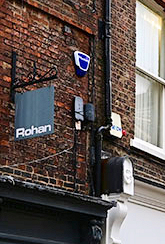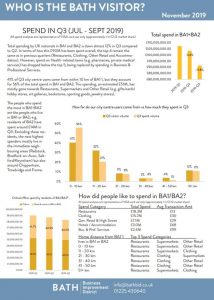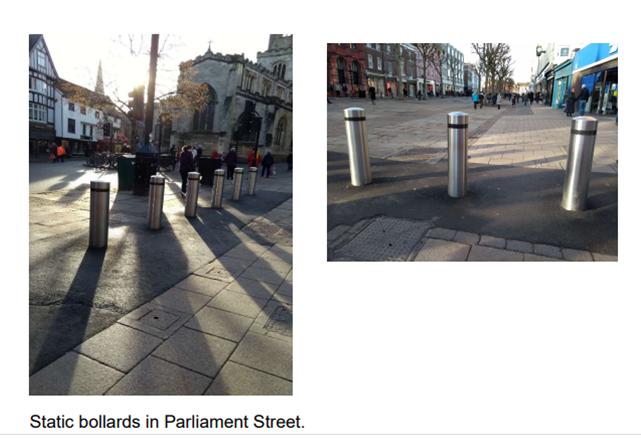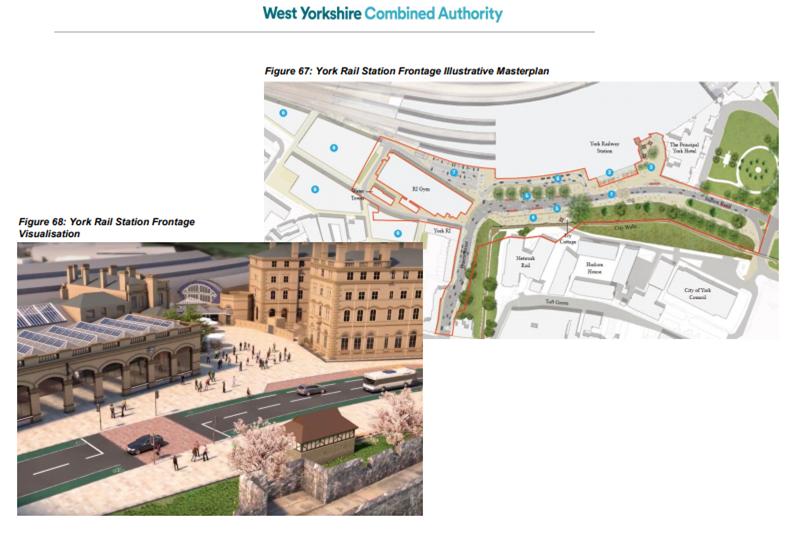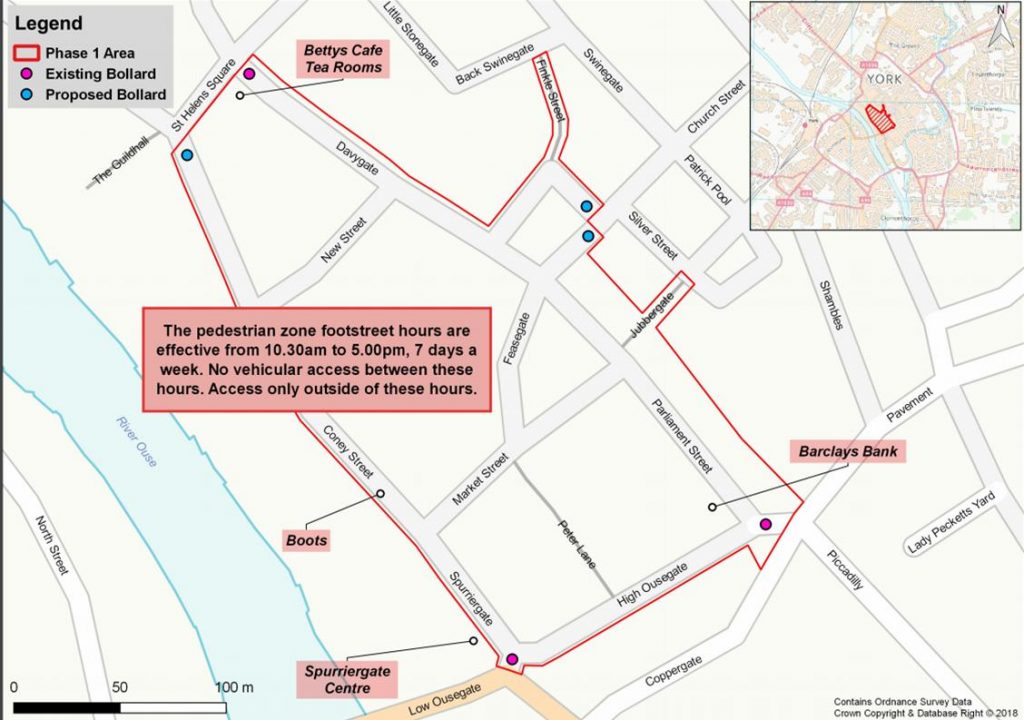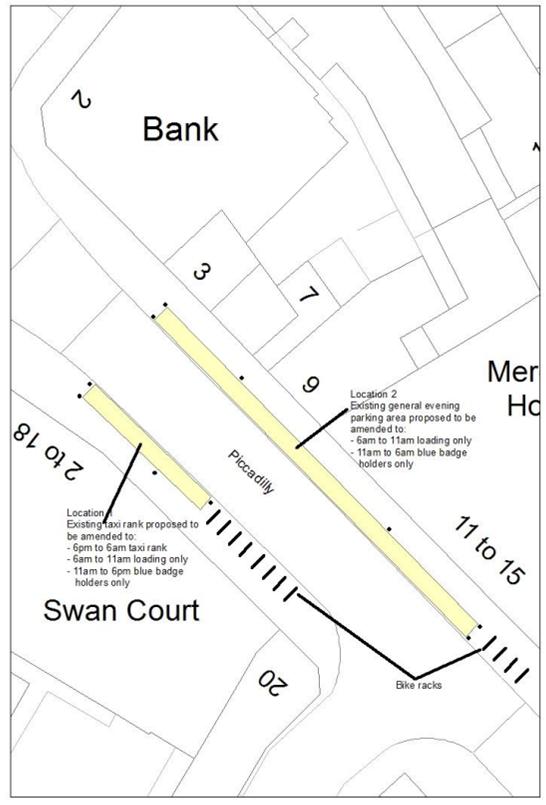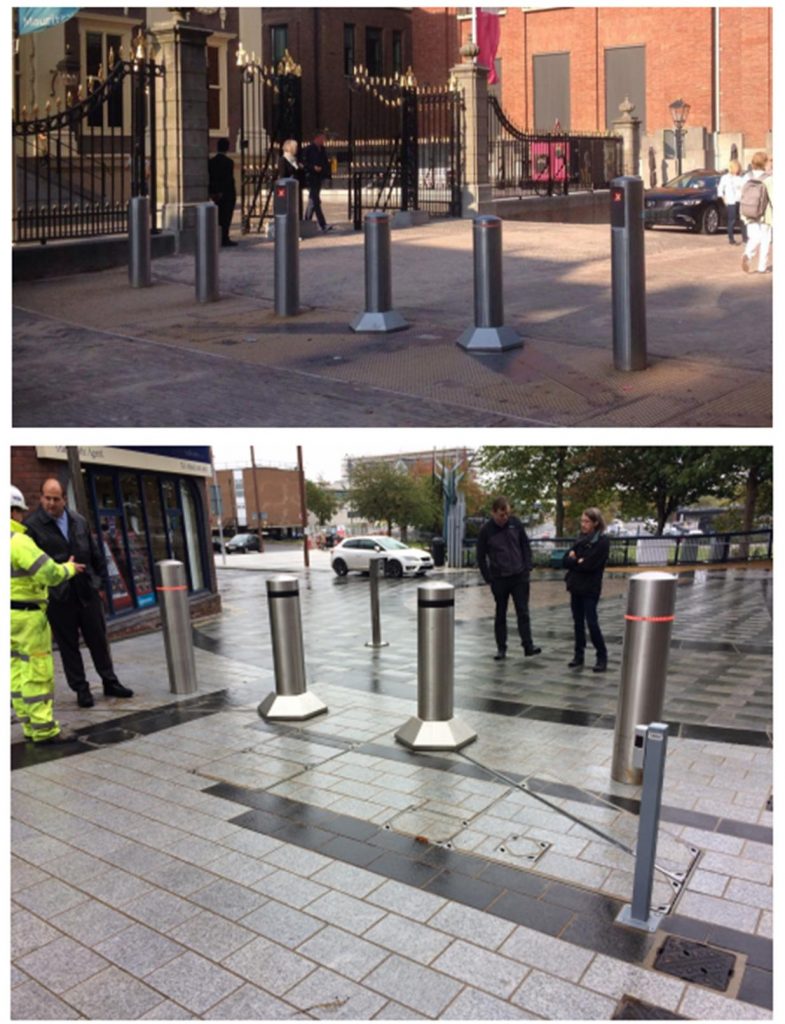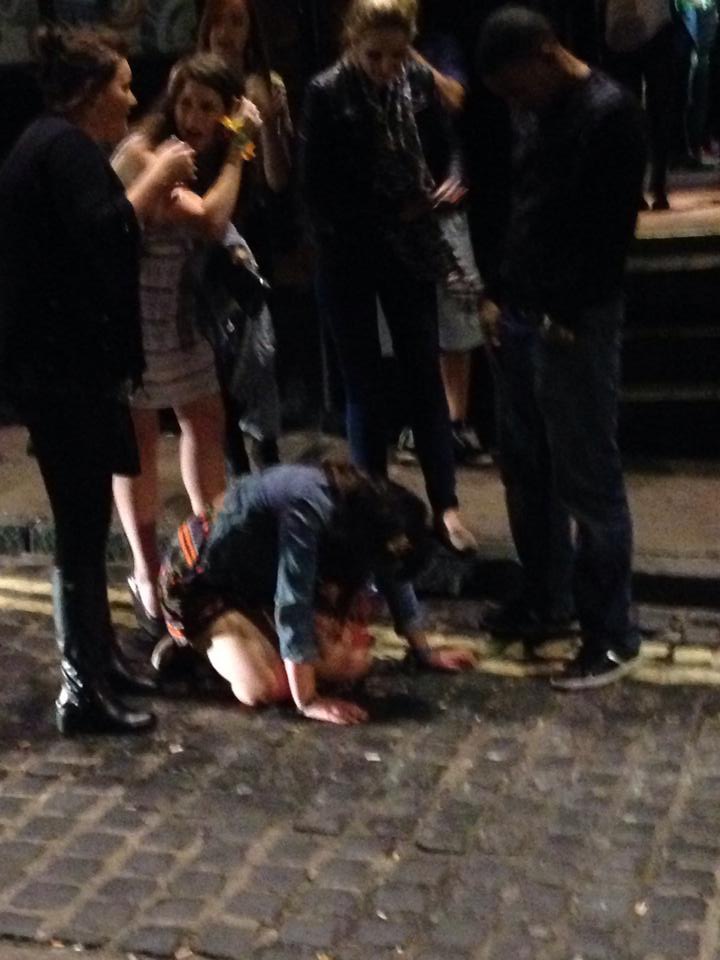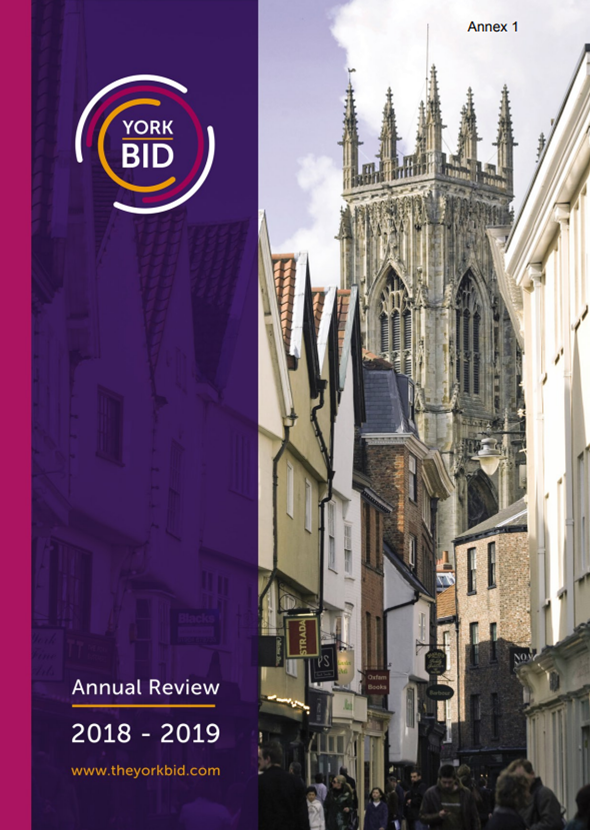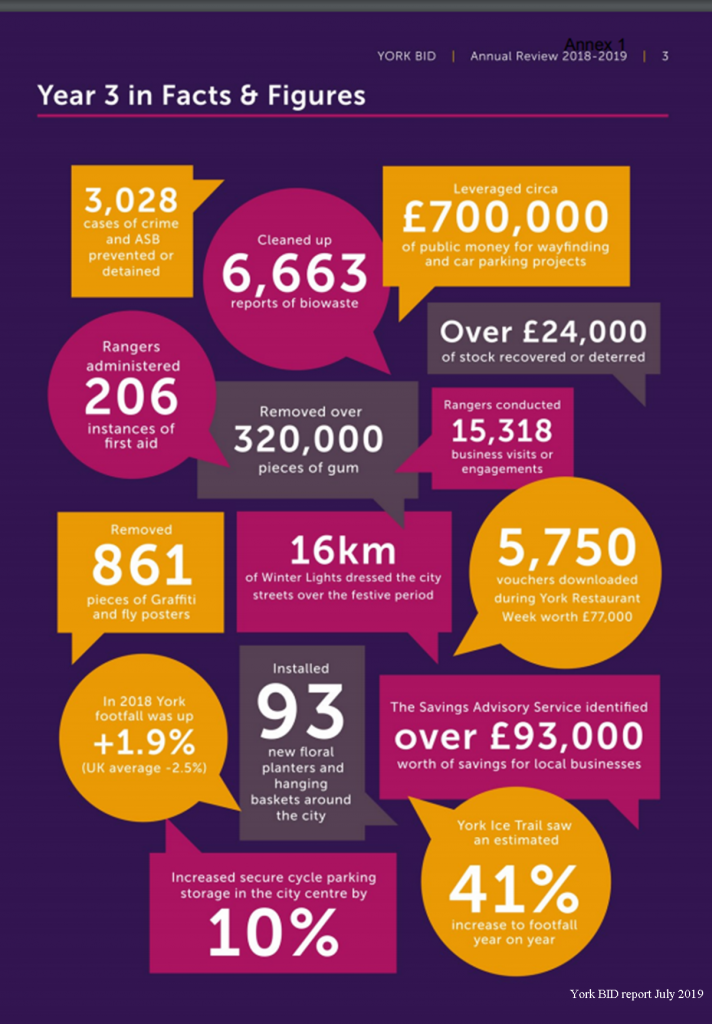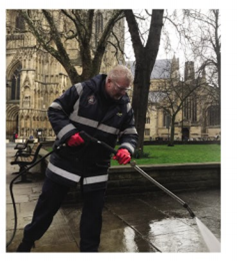York’s footstreets are set to be extended from 15 June. The main impact will be on disabled access.
“City of York Council is extending York’s footstreets from 15 June to increase pedestrian zones within the city centre and support local businesses by providing residents more space to social distance, making access to city centre shops and businesses easier”.
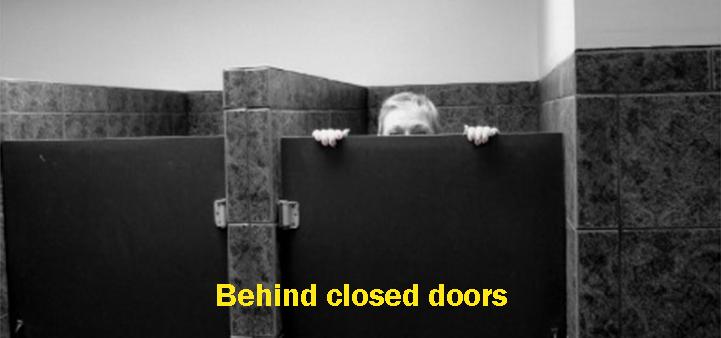
“The actions are designed to support the council’s Economic Recovery – Transport and Place Strategy, to build resident, visitor and stakeholder confidence that York is a safe, healthy and attractive place for everyone.
York has one of the largest pedestrian zones in Europe, with many areas within York’s city centre already designated as pedestrian footstreets.
In line with the Government relaxing the restrictions for retailers this month, pedestrian zones will be extended to include the following streets:
- Goodramgate (between Deangate and King’s Square)
- King’s Square
- Church Street
- Colliergate
- Blake Street
- St Helen’s Square
- Lendal
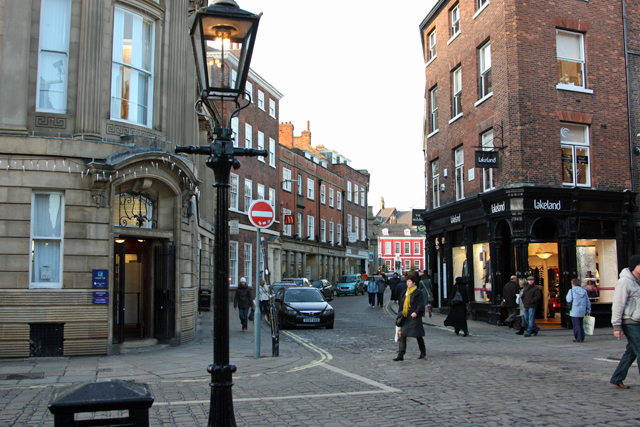
The core footstreet rules will apply to the extension area, including no vehicles being allowed to access, or park on, these streets, including deliveries between 10.30am and 5pm.
During the footstreet times, barriers (staffed for an initial period) will be in place in Goodramgate and Blake Street to control access, but emergency vehicles and the Dial-a-Ride vehicle will be permitted access at all times.
The council is exploring a further extension of the hours in to the evening, to coincide with the reopening of the hospitality sector, alongside encouraging the safe return of residents and visitors by considering incentivised short stay parking in some of the city’s car parks”.
Blue Badge holders can, as has always been the case, park for free in any council car park and can take advantage of using disabled bay spaces in Council car parks too. For more information on council car parks visit www.york.gov.uk/parking
Blue Badges
The council is also exploring where it can create additional capacity for Blue Badge holders elsewhere in the city by the 15 June, and provide further support.
This will include shop-mobility type assistance and additional replacement disabled bays at Monk Bar Car Park. Guides will be available to direct people to other car parks and provide on the day information about car parking availability.

